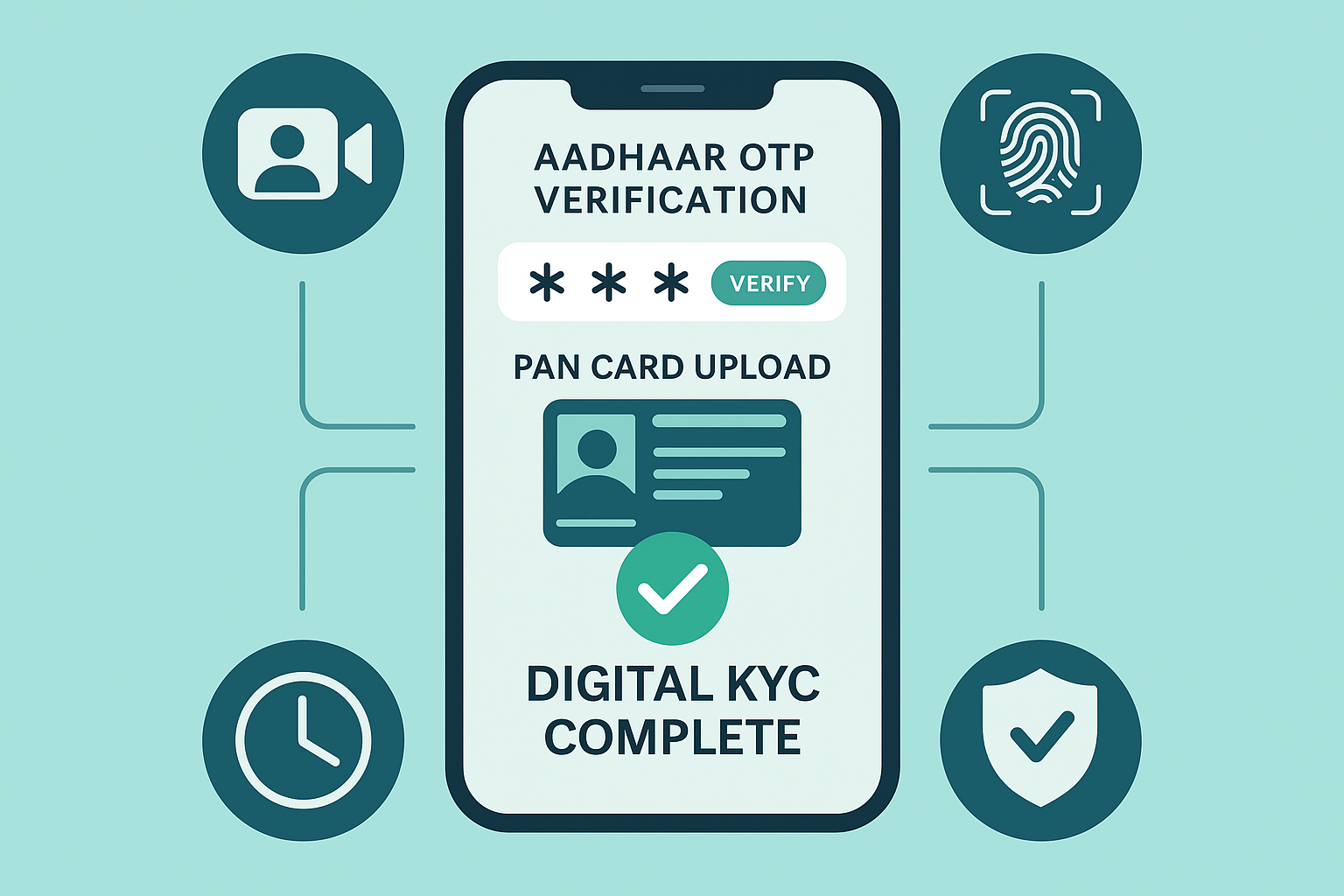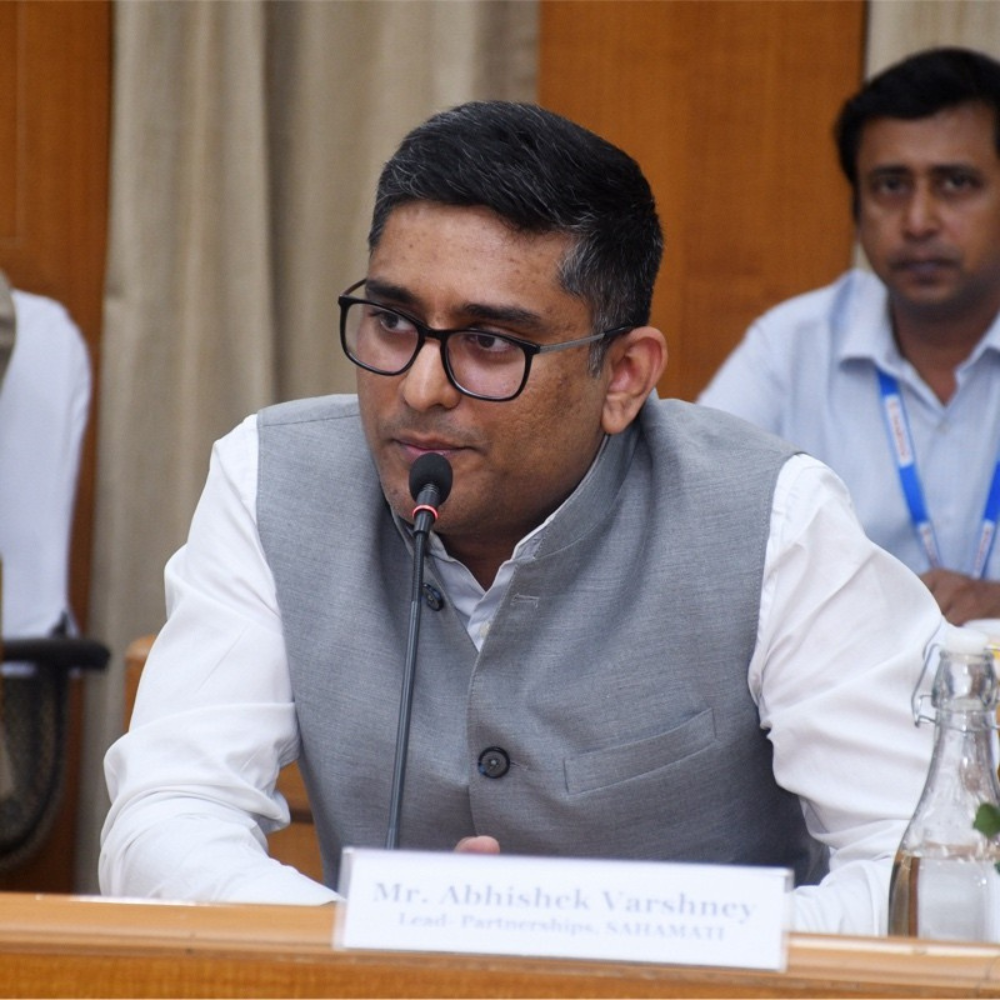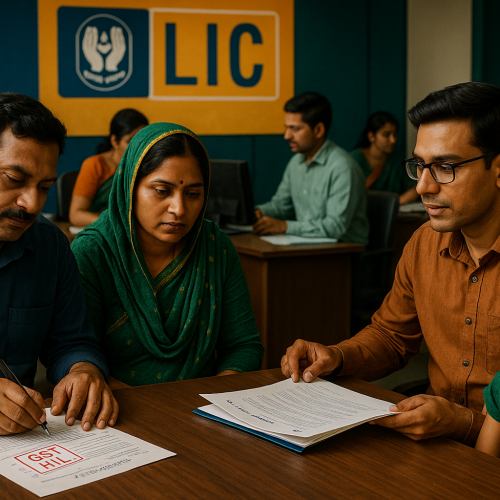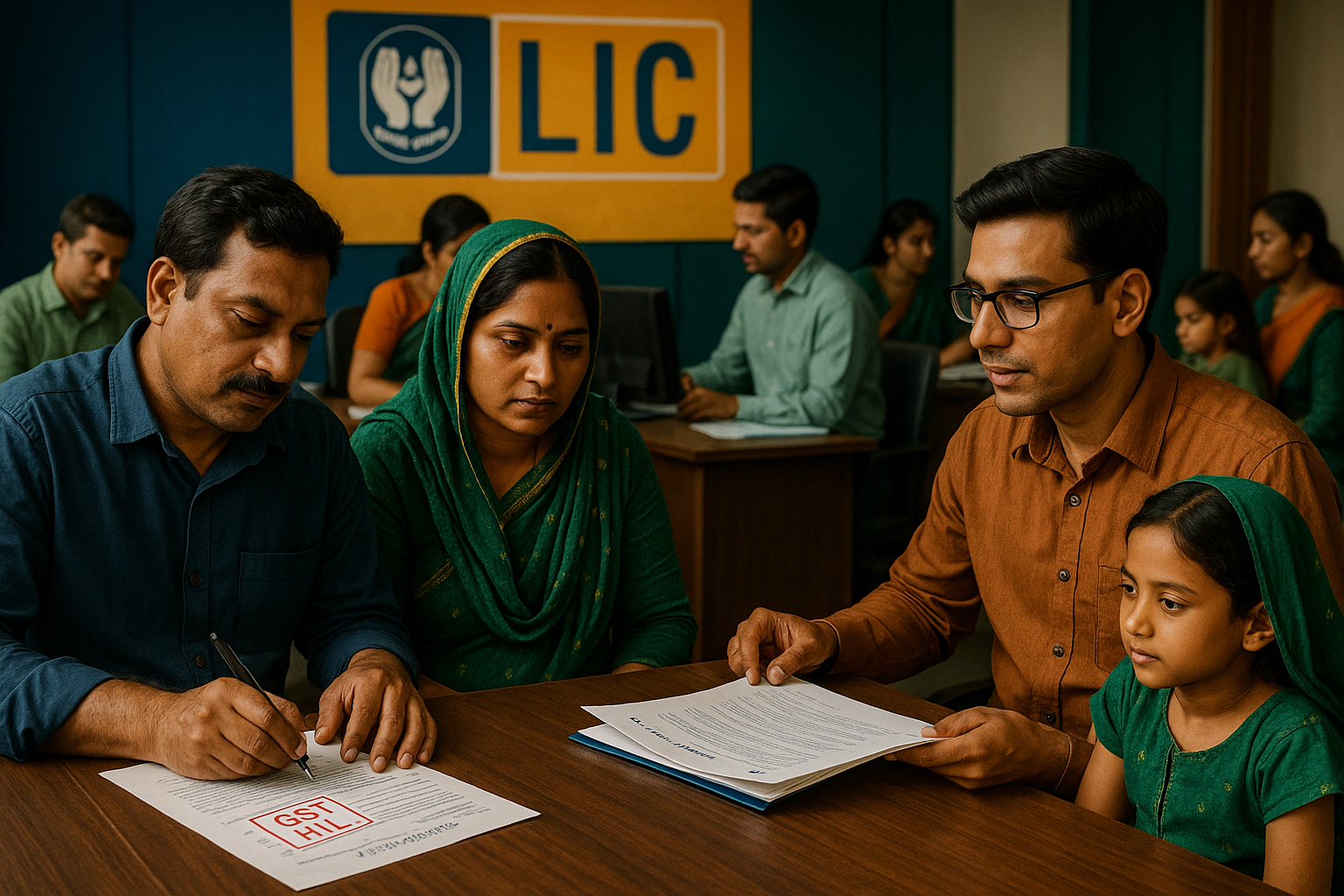The adoption of digital KYC (Know Your Customer) has become a game-changer in India’s personal loan landscape. It’s not just a regulatory checkbox—it’s the enabler behind instant onboarding, fraud prevention, and paperless lending, especially for fintechs and digital-first lenders.
Why KYC Is Critical for Personal Loans
Under RBI and AML regulations, KYC verification—confirming a borrower’s identity and address—is mandatory before funds can be disbursed. It prevents identity theft, money laundering, and unauthorized credit approvals.
Traditional (paper-based) KYC can take days due to physical documentation, branch visits, and manual verification—leading to delays or rejections if documents are incomplete.
What Is Digital (e‑KYC)?
Digital KYC, also known as Aadhaar-based e‑KYC, replaces manual processes with instant electronic authentication:
-
Borrowers verify their Aadhaar number via OTP, or use biometric authentication.
-
PAN may also be used for additional verification.
-
Video KYC, when needed, involves a live video call with a bank executive to validate documents and record a digital signature.
Digital-first lenders, including fintech firms, are increasingly adopting e‑KYC to expedite approvals, reduce friction, and stay compliant.
How Digital KYC Accelerates Personal Loan Processing
-
Speed & Convenience
-
Digital KYC cuts onboarding time from days to minutes. Borrowers submit Aadhaar or PAN and receive OTP-based verification instantly.
-
Loan application can be completed remotely in under 5 minutes—no need for branch visits.
-
-
Paperless & Automated
-
Digital document retrieval via UIDAI removes physical paperwork. The entire process—including identity verification and signature—happens online.
-
-
Fraud Prevention & Trust
-
Automated checks using Aadhaar, PAN, and biometric authentication reduce human errors and fraudulent applications.
-
Verified digital trails help lenders maintain compliance and audit readiness.
-
-
Enhanced Accessibility and Inclusion
-
Digital KYC enables access for borrowers in Tier II/III cities and remote areas with minimal documentation.
-
Supports MSMEs and freelancers often excluded from formal credit due to thin files.
-
Real-World Use Cases & Technology Enablers
-
Fintech platforms like Olyv and Kissht leverage Aadhaar-based digital KYC and alternate data to approve loans within minutes—even for borrowers with limited credit history.
-
Unified Lending Interface (ULI), piloted by RBI, consolidates digital data sources—e‑KYC, land records, PAN validation—under consent-based architecture to fast-track loan eligibility decisions.
-
India Stack infrastructure, used by platforms like Capital Float (Axio), enables Aadhaar authentication, e‑KYC, eSign, and UPI functionality—delivering full-stack lending within minutes.
Limitations & Security Considerations
-
Privacy Risks: Data security and consent protocols are crucial given the sensitivity of Aadhaar and biometric data. Proposed UIDAI offline KYC reforms aim to reduce personal data exposure without compromising verification integrity.
-
Digital Divide: Internet access and digital literacy gaps in rural regions may impede adoption.
-
Fraud Guardrails: Fraudsters may impersonate official agents to trick users into revealing KYC-related OTPs or documents. Cybercriminals have used fake “KYC calls” to siphon funds.
Conclusion
Digital KYC stands at the heart of India’s instant personal loan revolution—reducing turnaround times, enhancing fraud defenses, and democratizing credit access. With Aadhaar-based e‑KYC, video verification, and consent-driven frameworks, lenders can onboard borrowers in minutes—while maintaining RBI compliance.
As infrastructure tools such as ULI and India Stack scale up, digital KYC will play a central role in expanding financial inclusion and driving a more efficient credit ecosystem—provided data privacy and equitable access receive equal priority.












